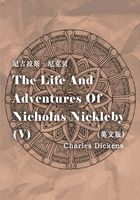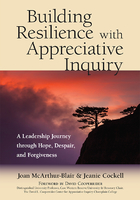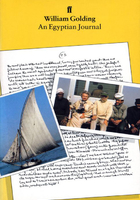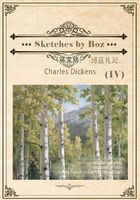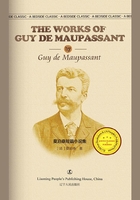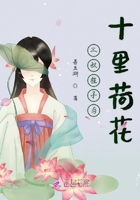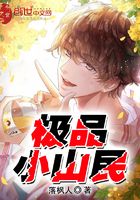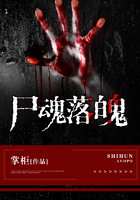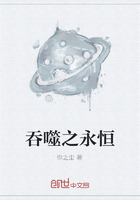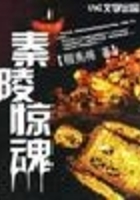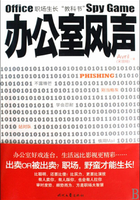CURSIVE WRITING
A form of writing that involved making letters touch each other. Largely impossible for small children to read; adults fared better, but only slightly.
? ? ?
You were told that learning the hieroglyphs that lined the upper part of your second- or third-grade classroom's walls would make writing faster… So why did each letter take so much time to master? It seemed to be purposely nonsensical. The uppercase S looked like a duck (sans bill) swimming to the right. The capital G was some kind of unwieldy creamer, and it was unclear why a big Q was represented by an odd looking number two. Then there was the lowercase K, which masqueraded as a big R; the little N, who started off with an extra M-like arc; and the capital A, which, inexplicably, was just a big version of a little A. And let us not forget illegitimate F, S, and Z in their lowercase forms: They bore absolutely no resemblance to their printed siblings.
Nevertheless, you humored your teachers long enough each day to develop aching hands, a serious callous near the top joint of your middle finger, and a palm smudged with pencil on its side (badly so if you were a lefty). You tilted the thrice-lined paper as directed, but your head tilted with it, giving you an early introduction to the adult world of neck pain. Hey, if this script stuff is so important, why don't they write books in it? Hmm?
Still, it was easy to see that well-executed cursive-or joined-up letters, as they were called in some other countries-was more aesthetically pleasing than printed lettering, with all its jarring perpendiculars. There was a flow to the lines and flourishes on the capitals, but when executed by small hands, the curlicues and connections between letters so often looked thick and harsh. Adults seemed to each have their own personal style when they wrote out checks or lunchbox notes, but your teacher probably wasn't handing out stickers for individual flair. A homework assignment written in print would often get a lower grade than one executed in the style of the lyrical letters in the workbooks that stacked up. It was an early lesson in the fact that, often, appearances do matter.
It was also one of the first times that it was clear that a person's personality permeated every part of his being, and wasn't merely a factor of what shirt he wore or how many good curse words he knew. One teacher's manual from the 1970s promised that "Handwriting allows the student to see his own spirit in action." That might be overstating it, but there was something about the way one shaped one's letters that seemed to point at a larger aspect of their person being filtered through their fingertips. How was it that your best friend's writing, acquired at the same time and with the same tools as you, seemed so uniquely his own? The kids who seemed to emulate Animal playing the drums at all times so often had cursive practice sheets that looked like some kind of angry cuneiform, no matter how hard they appeared to be trying; the popular girls were able to make very round letters accented with little loops and bubbles and elegant flicks-and never got pink eraser stains on their pages. Those who struggled with the letters would practice their looped Ls and Os while wondering if it was really possible that their penmanship would affect their later lives. It was supposedly the reason Diana Spencer was accepted to her secondary school-and don't you want to be a princess one day, Sonny?
"The fact is that girls are ready to learn cursive earlier than boys due to their fine motor skills at an early age," says Milton Moore, a past president of the American Handwriting Analysis Foundation. "Their 'pretty' writing may discourage boys at this early age. It may also be one of the reasons that more boys and men print." However, Mr. Moore says he's seen a noticeable decline in penmanship in the last few decades across both genders. The child who used to carefully practice rows of looping Ls is now seeing how much scribble he can get away with when writing his name; the girl who would once imagine how she'd sign her married moniker today is typing URLs into Google to see if she would be able to register a URL using her first name with her paramour's last. Indeed, it's not uncommon for couples to spend years together without ever learning to recognize each other's handwriting, script or otherwise. Teachers who once judged essays as much on their readability as on their content today welcome papers that are typed, leaving all the more reason to not make an effort to connect letters or add flourishes; in 2006, only 15 percent of SAT takers used connected letters in the exam's essay section.
Cursive's plight, however, comes as no surprise: It's been foreseen-and bemoaned-since long before computers showed up in classrooms. In the late nineteenth century, many complained that metal-nibbed quills, which replaced the feather quills that had been used for some ten centuries, would make it impossible to write neatly. The sobs only got louder at the end of the century, when it seemed that the typewriter would surely doom the existence of the 2-shaped Q and its odd little friends. Soon, there was worry that fountain pens would also be detrimental to cursive writing, since the pauses needed to dip a nib in an inkwell were thought to be necessary if a child was going to develop a steady, neat style of handwriting.
However benign they might seem, ballpoint pens actually ended up being one of the major factors that contributed to today's poor penmanship, with educators often deeming them pestilential. An attractive script, instructors taught, could only be accomplished using a delicate touch-the pen should be held so lightly, students were told, that the teacher should be able to easily knock it out of their hands if she wanted to. With a ballpoint pen, however, you had to bear down on the page in order to make a mark. In her book Handwriting of the Twentieth Century, handwriting expert Rosemary Sassoon notes that the styles of cursive that are still taught to children in the 2nd and 3rd and 4th grades "do not work well with free-flowing modern pens. Firmly supported hand positions mean that the hand does not move so freely along the line. Pen lifts must be allowed during longer words, otherwise this combination of the pen and the way we write will strain the muscles of the hand and eventually distort the letters." She goes on to argue that small children who used to learn to hold pencils early on are less likely to develop those same muscles and habits due to the fact that they now so often use ballpoint pens or draw with felt-tipped markers that have to be held at a much more upright angle than more formal writing tools.
Computers are currently taking most of the blame for our diminishing ability to write in longhand in anything other than a kind of print-cursive mélange that's often so rushed we can't read it ourselves. But our society's ever-increasing interest in speed was affecting the legibility of our handwriting long before the first PCs hit our desks. Today's doctors, many of whom weren't schooled in the days when computers were found in every backpack, are so notorious for their poor penmanship that a 2006 report by the National Academies of Science's Institute of Medicine estimated that some seven thousand deaths each year are caused by medical professionals' lousily penned prescriptions.
Many of these chicken-scratchers were learning to write in the 60s, when only about two-thirds of American schools had any kind of formal handwriting program. Still, around that time, Zaner-Bloser, the company that publishes some of the most popular cursive workbooks, was advising that kids spend a healthy forty-five minutes a day on their penmanship; today they recommend just fifteen minutes, although surveys suggest that most grammar schools devote far less time than that. Then again, is there really a point to devoting much more than that to a skill that's almost never required in daily life beyond 4th grade? We might not be able to render the kind of beautiful handwritten pen-and-ink love letters that our grandparents exchanged, but if they'd had Gmail, they would've likely made do with twelve-point Arial as well.

